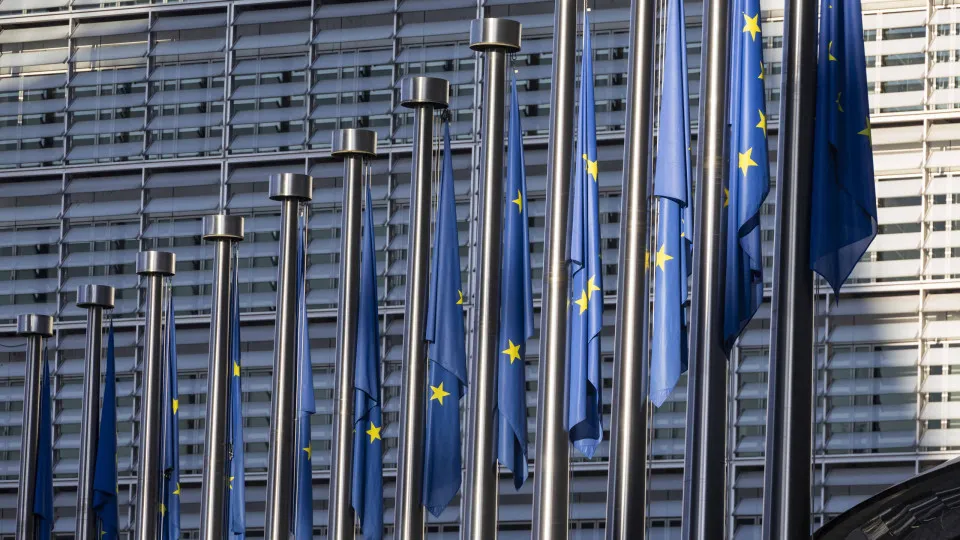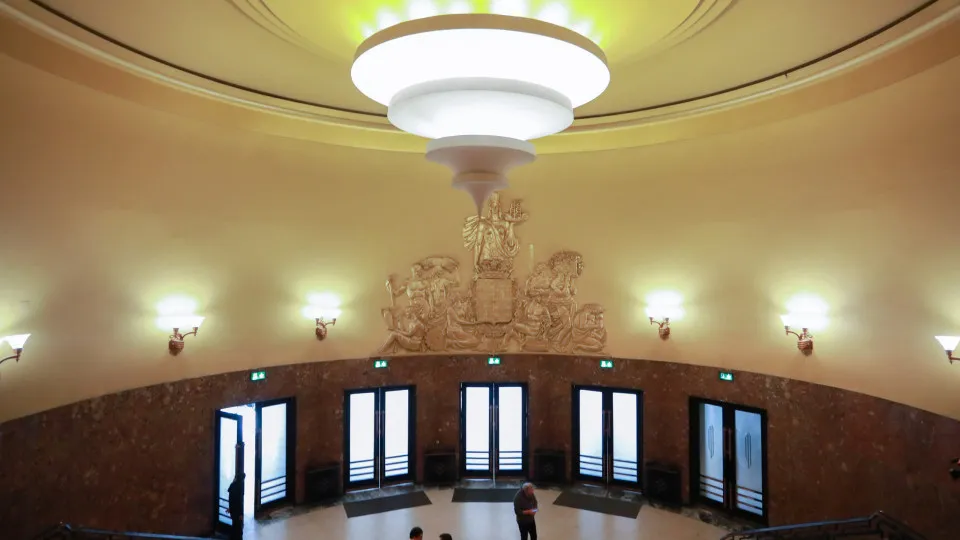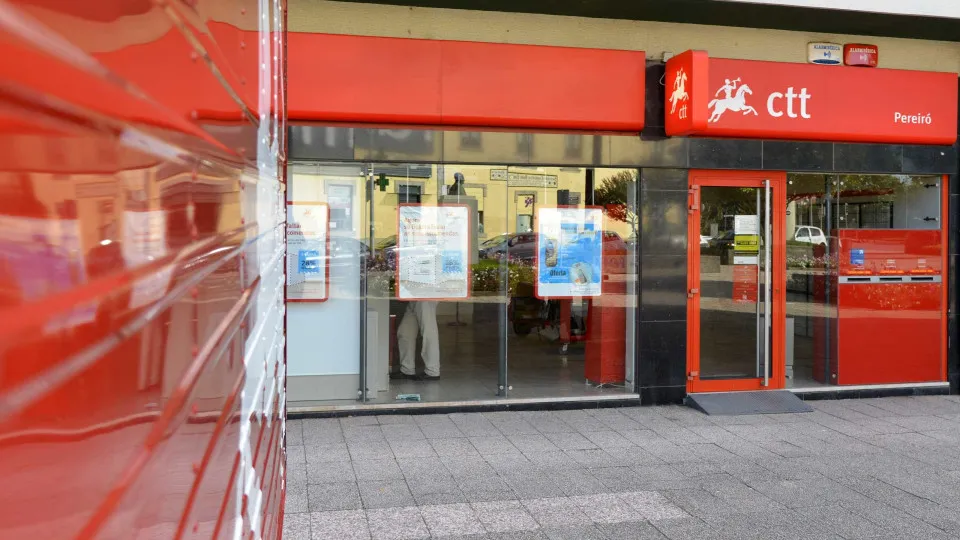
Traveling more than 600 kilometers between Lisbon and Madrid in just three hours is a remarkable example of the high-speed rail connections we aim to achieve throughout Europe. These connections make train travel a truly attractive and sustainable alternative for intercity travel,” declared the European Commissioner for Sustainable Transport and Tourism, Apostolos Tzitzikostas.
On the day Lisbon, Madrid, and Brussels agreed on key milestones and deadlines to complete the high-speed railway connection between the Iberian capitals, the European Commission stated that “this flagship cross-border infrastructure project will significantly enhance connectivity within the European Union [EU].”
“Unanimously supported by Member States, the decision promotes the full integration of Portugal and Spain into the European high-speed rail network. By 2030, passengers will be able to travel between the two capitals in about five hours, and by 2034, in just three hours,” the institution noted.
Brussels has already supported Portugal in establishing this high-speed rail connection with 235 million euros from the Connecting Europe Facility for the high-speed line between Évora and Elvas.
Spain received approximately 750 million euros in support since 2014 for the high-speed line connecting Extremadura to Madrid.
The governments of Portugal and Spain and the European Commission have agreed on a series of actions to advance the rail connection between Lisbon and Madrid by 2030, with a five-hour travel time, the Ministry of Infrastructure announced today.
According to the ministry, the “Iberian strategy” aims to achieve, by 2030, a direct connection between the two capitals, completion of the new high-speed line between Évora and Caia by 2025 and operational by 2026, the Plasencia-Talayuela (Cáceres) section operational by 2028, commencement of construction of the second line between Poceirão (Palmela) and Bombel (Vendas Novas) in 2026, with completion by 2029 and operation by 2030, and completion of studies for the new Lisbon-Évora line, including the Third Tagus Crossing by 2027.
By 2034, there are plans for a high-speed connection between Lisbon and Madrid, with a travel time of about three hours, as well as the construction of the new high-speed Lisbon-Évora line, including the Third Tagus Crossing and duplication of the Évora-Caia line, “if deemed necessary,” detailed the Government.
It is also planned by that date to implement the European Rail Traffic Management System on various sections between Lisbon and Madrid, as well as conduct studies and possible construction of the new high-speed section between Caia and Badajoz and the Elvas-Badajoz International Railway Station on the border between the two countries.
The project is part of Europe’s commitment to rail transport.
In early November, the European Commission will present a plan for a high-speed network across the EU.




